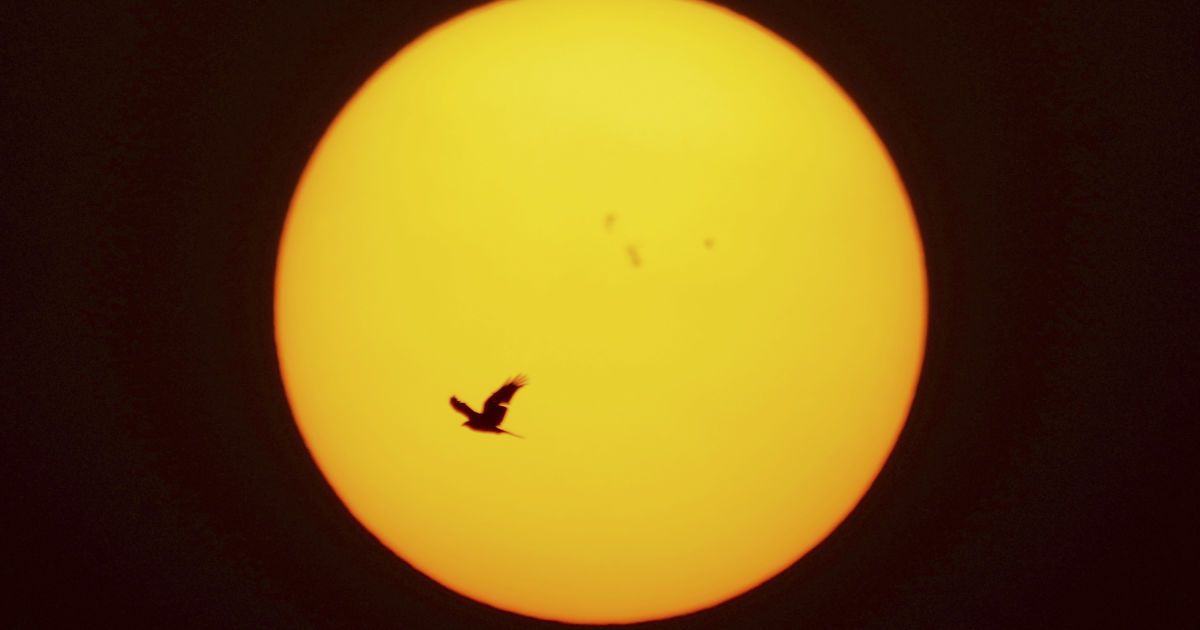Scientists
analyzed thousands of Hubble Space Telescope images and made various scientific measurements to conclude that the Solar System does have an excess of mysterious light.
ScienceAlert writes about it.
It's not really that much, but it's still more than it should be, so scientists called this phenomenon "ghost light."
Neither the stars, nor the galaxies, nor the dust surrounding our system can be the sources of this glow.
So far, scientists cannot explain this phenomenon, but they have several versions.
In the universe, stars, galaxies, planets, and even dust and gas emit light.
But there are still many sources of light that have not been discovered by astronomers.
"Our analysis shows that there is something, possibly a dust component, that is closer than the distance New Horizons measured. This extra light is coming from within the solar system," said Tim Carleton of Arizona State University.
For example, the Voyager 1 spacecraft detected a very strong radiation stream coming from the center of the galaxy, but it is not yet known what its source is.
And the New Horizons spacecraft recorded the presence of a lot of light from the cosmic optical background at the edge of the Solar System.
Earlier it became known that astronomers witnessed a huge eruption on the short-period comet 29P/Schwassmann-Wachmann.
Scientists believe that during this event
more than 1 million tons of gas, ice and other substances flew into
space .
Read also:
Real hell: scientists presented new data about the super-earth
In a few days, Mars will disappear: will Ukrainians see a unique event
A black hole has appeared on the Sun: what scientists warn about
